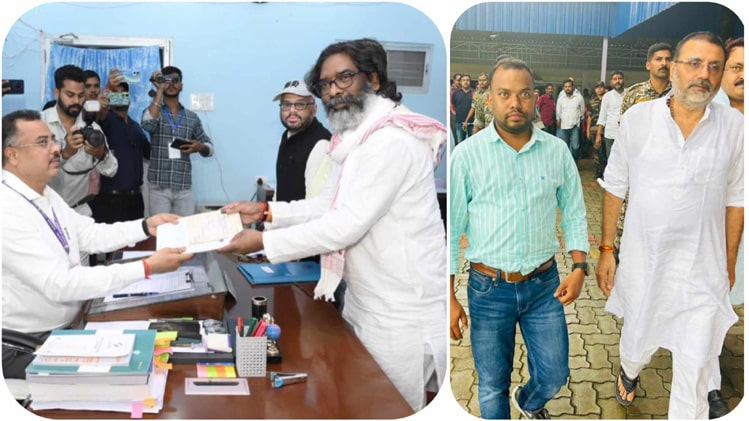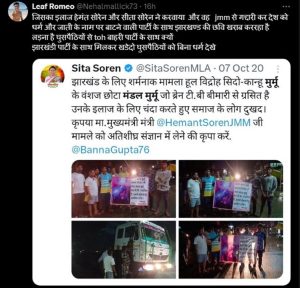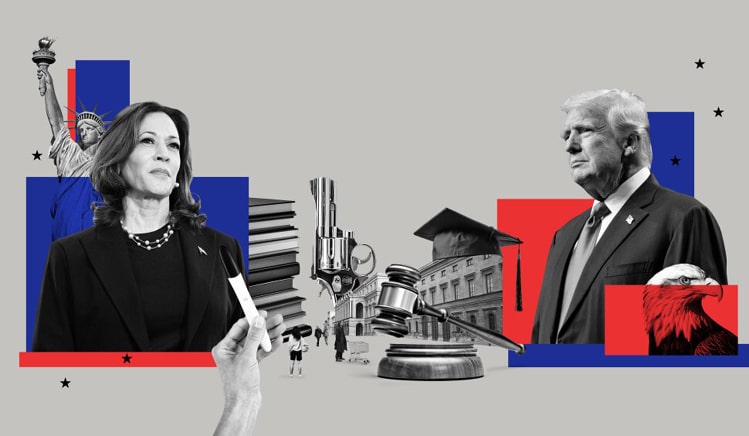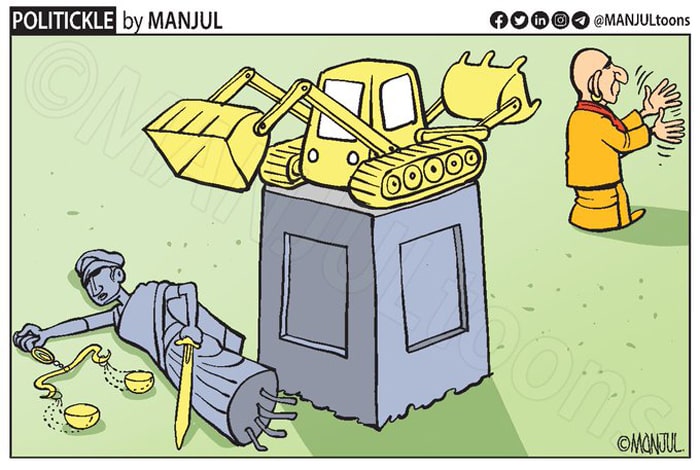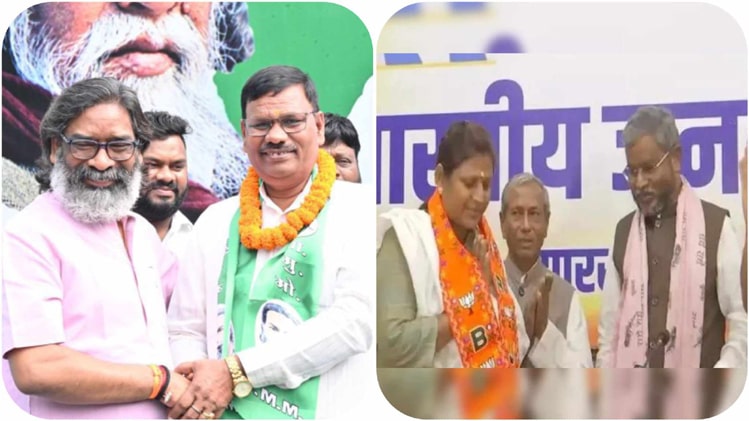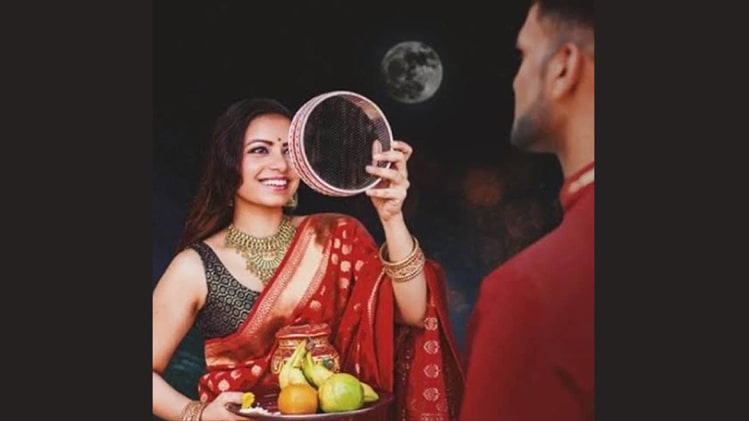Bhopal: Chief Minister Mohan Yadav-led BJP government of Madhya Pradesh in August credited ₹300 to schoolgirls from classes 7 to 12 to address menstrual hygiene. Rs 57 crore 18 lakh were transferred to the bank accounts of girls under the Samagra Shiksha Program for Sanitation and Hygiene Scheme— taking all the praises and even lauded by UNICEF. “We appreciate the Chief Minister of Madhya Pradesh, Dr Mohan Yadav’s initiative to promote menstrual health among adolescents,” a post on UNICEF India’s X account said. This funding was meant to cover sanitary napkins for a year, with some media hailing it as the country’s first-ever experiment. However, the scheme raises fundamental questions about whether financial allocations genuinely address the issue of menstrual hygiene for Madhya Pradesh’s adolescents.
Scale of program and menstrual hygiene practices
According to the 2011 Census, Madhya Pradesh has a population of 7.27 crore, with 3.76 crore males and 3.51 crore females. The state’s adolescent population (aged 10-19) is 11.6 million, making up 22% of the state’s total. This includes 8.4 million males and 7.6 million females.
Notably, the state transferred funds to the accounts of over 1.9 million schoolgirls for sanitary napkins.
While the Madhya Pradesh government is often commended for its women-centric initiatives—raising the budget for the Women and Child Development Department by 81% to ₹26,560 crore for 2024-25—the question remains about whether the financial support provided is truly enough.
Many criticize the current government approach. Congress leader Dr Jaya Thakur in conversation with eNewsroom said crediting money to a girl’s account for menstrual hygiene is not the solution when there’s already a severe lack of awareness. “What would they buy if they don’t know what they need? Pharmacies are far away in many places, and the presence of male shopkeepers discourages girls from purchasing pads. Providing a product instead will be a much better approach ensuring to reach those who need it with fewer chances for corruption. Money can be misused but pads will serve their intended purpose.”
According to NHFS-4, only 42% of women aged 15-24 used sanitary napkins, 62% used cloth, and 16% relied on locally made napkins, with 58% overall using a hygienic method of menstrual protection. Rural women comprised 48% of the population, while 78% of urban women used sanitary methods. By NHFS-5, the numbers slightly improved 64% of women in the same age group used sanitary napkins, 50% still used cloth, and 15% used locally made napkins. Overall, 78% of women adopted hygienic practices, with 73% in rural areas and 90% in urban areas. However, Bihar (59%), Madhya Pradesh (61%), and Meghalaya (65%) had the lowest percentages of women using hygienic methods.
| Type of Menstrual Protection |
Percentage of Women (15-24 years) |
| Cloth |
64.8% |
| Locally Prepared Napkins |
11.6% |
| Sanitary Napkins |
49.8% |
| Tampons |
1.2% |
| Menstrual Cup |
0.6% |
| Other |
0.3% |
| Nothing |
0.1% |
| Percentage Using a Hygienic Method |
60.9% |
(Menstrual hygiene practices among women in Madhya Pradesh aged 15-24 years, as per NHFS-5)
Concerns and push for uniform menstrual hygiene policy
NGO worker Gouri Balpoure, who started the first “Sashakt Suraksha Pad Bank” in Betul criticized the government’s financial policy for sanitary pads. “I don’t understand the logic behind the policy of crediting ₹300. Even if a pad cost ₹30, which it doesn’t, women could only buy 10 packs, each containing just 5 or 6 pads. While the government promotes menstrual hygiene, this forces women to use the same pad for too long. Women have different needs, and policies made by men fail to account for that. The government could direct Ladli Behnas to use the funds for sanitary pads as well instead of focusing only on schoolgirls.
Addressing menstrual hygiene is difficult as the government sees no benefit beyond supplying basics. Udita Corners were launched but exist in name only with either no pads or poor-quality pads from self-help groups. This is about a woman’s self-respect. The stain on clothes stains the provider’s goodwill,” Balpoure stated.
The Madhya Pradesh government launched Project Udita in 2016 promoting menstrual hygiene and health among adolescent girls. The project educates girls on menstruation, sexually transmitted diseases, and anaemia through Anganwadi workers while providing affordable or free-of-cost sanitary napkins to all adolescents and women up to 49 years old. Former Chief Minister Shivraj Singh Chouhan had claimed to establish special Udita corners in 22,000 Anganwadis across the states.
Dr Jaya Thakur, also a social worker filed a writ petition in the Supreme Court in 2022 under Article 32 of the Constitution seeking public interest relief. The petition urged the Union of India, the States, and Union Territories to provide free sanitary pads to every girl studying in classes 6 to 12 and ensure separate toilets for females in all government-aided and residential schools. Despite the Supreme Court’s April 2023 directive to the Union government to work with States and Union Territories on a uniform menstrual hygiene policy, only Delhi, Haryana, West Bengal, and Uttar Pradesh responded. The Court later issued a stern warning to the States and Union Territories. The Union in July 2024 informed the Court that the formulated policy is in the advanced stage.
Article 32 of the Constitution of India guarantees the right to constitutional remedies, which allows citizens to approach the Supreme Court to enforce their fundamental rights. The Constitution of India does not explicitly recognize the right to health as a basic right. However, the Supreme Court, through various rulings has interpreted the right to health as an integral part of the right to life under Article 21.
Schemes falling short amidst electoral win
An Anganwadi worker from Bhopal shared that the government rarely provides sanitary pads, and when they do, it’s every two or three months with poor quality pads that last only 2-3 hours. “I’ve been working since 2016 but I’ve never heard of Project Udita or seen any vending machines. There is a stark difference between advertisements and reality. What’s being done is basic at best. Pads need to be of good quality. If women receive pads that don’t even last three hours, what’s the point? Many already see menstruation as an added financial burden. The seven days become even more difficult for those who can’t afford pads. Many women, despite advice, continue using dirty clothes because they have no other choice.”
The Ministry of Health and Family Welfare, in a written reply to the question in Lok Sabha (Year 2023), informed the total number of adolescent girls (10-19 years) provided with Sanitary Napkins under the Menstrual Hygiene Schemes state-wise and year-wise.
| Year |
Sanitary Napkin Distributed |
| 2017-18 |
34870 |
| 2018-19 |
22474 |
| 2019-20 |
106129 |
| 2020-21 |
172075 |
| 2021-22 |
21501 |
(Distribution of sanitary napkins in five years in Madhya Pradesh. As replied in Lok Sabha)
Balpoure said that six months back a minister in Betul claimed that sanitary pads would be available for ₹1. I questioned him, pointing out that Betul does not even have Jan Aushadhi Kendra, so how would they provide pads for ₹1? If the government is serious about menstrual health and the Swachh Bharat mission, they should distribute pads through ration shops where villagers frequently go. Why provide free ration but not free pads? He was baffled. When Prime Minister Narendra Modi online inaugurated the Jan Aushadhi Kendra, I asked for a sanitary pad but they told me it wasn’t available. It reflects that the government has its stereotypes.
An ASHA worker who regularly conducts menstrual hygiene camps said the scheme isn’t effectively implemented because the government doesn’t allocate enough budget, not even to the Anganwadis. “Our medical officer provides pads when we request them. We distribute them to those in need. The government should ensure monthly supplies for those below the poverty line,” she emphasized.
Despite these challenges, BJP in Madhya Pradesh defied 18 years of anti-incumbency in the 2023 state assembly election, it swept the grand-old Congress Party in the 18th Lok Sabha elections turning the state saffron—winning all 29 constituencies. Of the 76% women voter turnout, 47% voted for the BJP. In comparison, 43% supported Congress in state elections held in November 2023 with the women-centric Ladli Behna Yojna playing a prominent factor in BJP’s landslide victory. An additional ₹250 was added to the ₹1,250 given to Ladli Behnas raising it to ₹1500 for that month on Raksha Bandhan.



